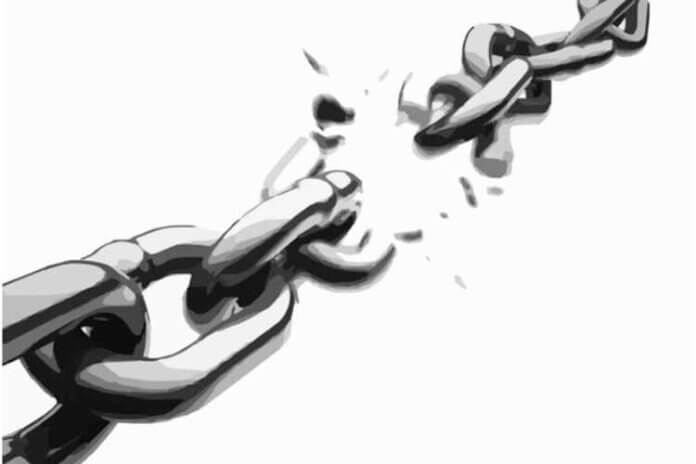
Consumer demand has surged at an unprecedented rate. Yet, supply chain disruptions have caused significant delays and backlogs for many enterprises. Even the ones that want to take advantage of this demand.
In 2022, supply chain shortages span products, materials, and even workers. Enterprises of all sizes are concerned about maintaining a healthy global supply chain, but small businesses are most affected by the continued delays.
So, keep on reading for our full breakdown of how you can navigate the situation via supply chain solutions.
Defense Against Supply Chain Shortages: Backup Plans
Small firms that survived the pandemic probably learned the value of disaster preparation. In the context of your supply chain, though, it may be useful.
Your company may be protected and your cash flow can be safeguarded if a supplier fails to produce on time. It’s by evaluating alternate solutions for your organization.
Communicate With Your Suppliers
You’ll have more alternatives when money is tight if you have a good connection with your vendors. Talking to reliable suppliers can provide you with a better understanding of their main concerns and how they could affect your firm.
It is common for suppliers to tell you exactly what your company may anticipate and when your goods will arrive. Consider integrating contingency plans if the timing doesn’t work out for you. Suppliers may have partners that can pick up some of their supplies if they’re overloaded, as an illustration of what we mean.
Your suppliers may also have innovative ideas that you haven’t even thought about. Understanding all of your options will be easier if you work with suppliers.
You can learn more about building a sustainable supply chain by viewing the full article on smartwarehousing.com.
Touch Base With Your Customers
While you may know why your delivery is taking longer than expected, your consumers may not. Make sure you include client communication in your company’s long-term strategy.
Explain the reasons for potential price increases and the reasons why some items are more difficult to locate. Let them know when fresh product shipments are on the way. Discounts and other special offers may also be used to compensate clients for their patience.
Improve Your Working Capital
To calculate your working capital cycle, you need to know how long it takes your company to begin the production process. You’ll need to get supplies. Then, fill store shelves with your items and sell the product. Next, you’ll receive money and finally pay suppliers.
Paying partners takes more and longer as the cycle continues.
If you’re in a tight spot in the supply chain, being in charge of this cycle may enable you to speed up payments to your suppliers, which may urge them to prioritize your company above theirs.
Just like you, suppliers want to get paid fast. Customers will prioritize your business if you prove you can pay them ahead of time.
In addition to enhancing cash flow, shortening the working capital cycle offers an additional advantage. If anything goes wrong with one of your key partners, you may immediately switch to a backup supply.
Exploring Supply Chain Problems and Management
Almost every company has been forced to take a critical look at its present business processes, supply chain models, and degree of risk in order to increase its resilience without sacrificing its competitiveness. We hope that our little guide has given you some basics on supply chain shortages and how to deal with them. Next, you’ll want to check out our business section for more tips on how to boost the efficacy of your current supply chain management strategy.











